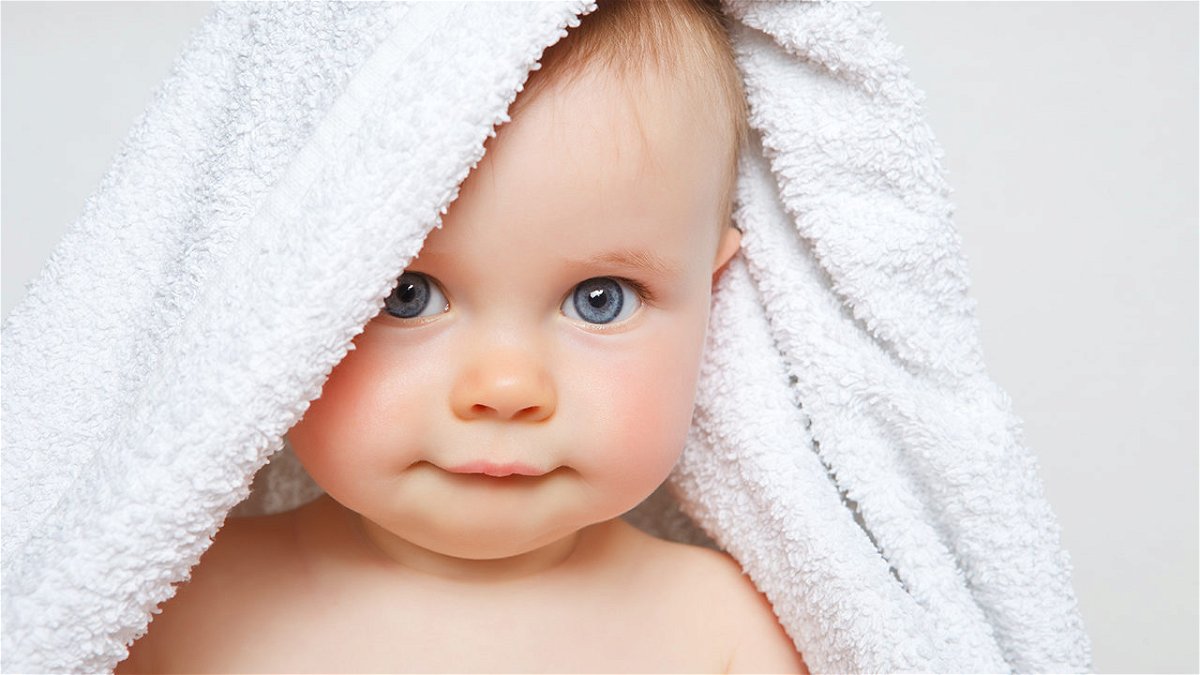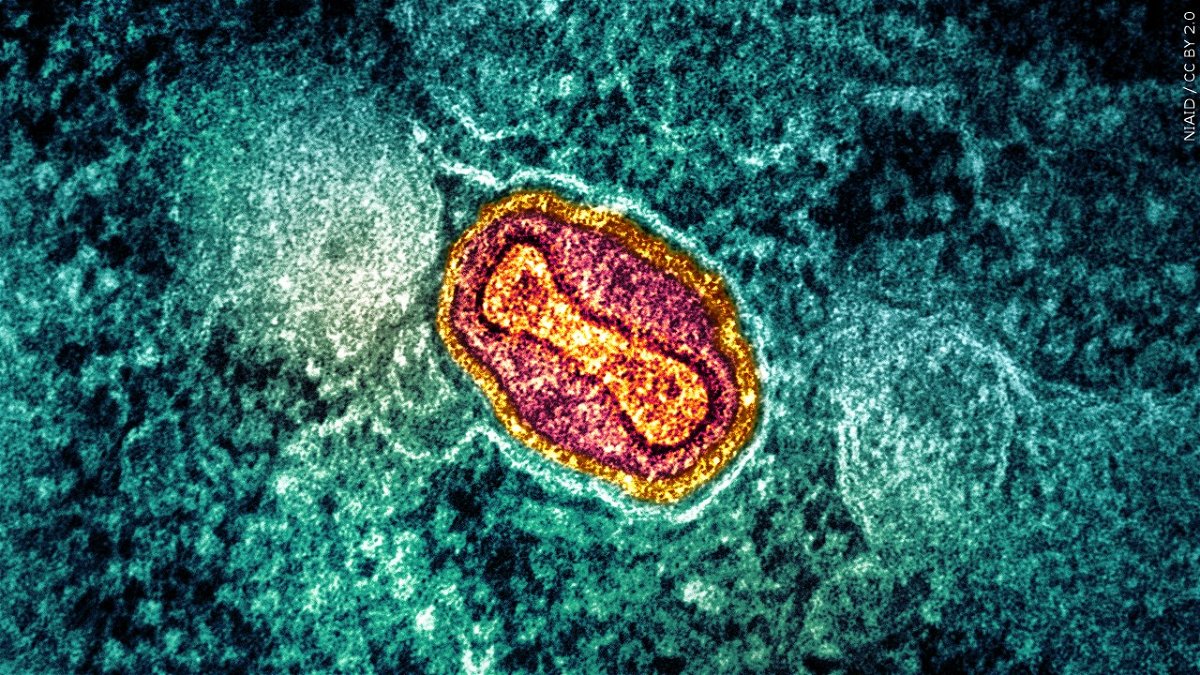Baby bath basics: A parent’s guide

Bathing a slippery newborn can be a nerve-wracking experience. Your baby might not like it much, either. With a little practice, however, you'll both start to feel more comfortable at bath time. Start by learning baby bath basics.
How often does my newborn need a bath?
There's no need to give your newborn a bath every day. Three times a week might be enough until your baby becomes more mobile. Bathing your baby too much can dry out his or her skin. If you're quick and thorough with diaper changes and burp cloths, you're already cleaning the parts that need attention -- the face, neck and diaper area.
Is it better to bathe my baby in the morning or at night?
That's up to you. Choose a time when you're not rushed or likely to be interrupted. Some parents opt for morning baths, when their babies are alert. Others prefer to make baby baths part of a calming bedtime ritual. If you bathe your baby after a feeding, consider waiting for your baby's tummy to settle a bit first.
Is a sponge bath good enough?
The American Academy of Pediatrics recommends sponge baths until the umbilical cord stump falls off -- which might take a week or two. To give your baby a sponge bath, you'll need:-- A warm place with a flat surface. A bathroom or kitchen counter, changing table, or firm bed will work. Even a blanket or towel on the floor is OK. Pad hard surfaces with a blanket or towel.-- A soft blanket, towel or changing pad. Spread it out for your baby to lie on.-- A free hand. Always keep one hand on your baby. On a changing table, use the safety strap as well.-- A sink or shallow plastic basin to hold the water. Run warm water into the basin or sink. Check the water temperature with your hand to make sure it's not too hot.-- Essential supplies. Gather a washcloth, a towel -- preferably with a built-in hood -- mild baby shampoo, mild moisturizing soap, baby wipes, a clean diaper and a change of clothes.
Undress your baby and wrap him or her in a towel. Lay your baby on his or her back in the prepared area. To keep your baby warm, only expose the parts of your baby's body you're washing. Wet the washcloth, wring out excess water and wipe your baby's face. Wipe each eyelid, from the inside to the outside corner.
To clean your baby's body, use plain water or a mild, moisturizing soap. Pay special attention to creases under the arms, behind the ears, around the neck and in the diaper area. Also wash between your baby's fingers and toes.
What type of baby tub is best?
Once your baby is ready for a bath, you might use a plastic tub or the sink. Line the tub or sink with a clean towel. Gather the supplies you'd use for a sponge bath, a cup of rinsing water and baby shampoo, if needed, ahead of time. This will allow you to keep one hand on the baby at all times. Never leave your baby alone in the water.
How much water should I put in the tub?
A common recommendation is 2 inches (about 5 centimeters) of warm -- not hot -- water. To keep your baby warm, you can pour warm water over his or her body throughout the bath. Some research suggests that using slightly more water -- enough to cover a baby's shoulders -- can be calming and help reduce heat loss. With any amount of water, be sure to hold your baby securely during the bath.
What about water temperature?
Warm water is best. To prevent scalding, set the thermostat on your water heater to below 120 F (49 C). Always check the water temperature with your hand before bathing your baby. Aim for bath water around 100 F (38 C). Be sure the room is comfortably warm, too. A wet baby can be easily chilled.
What's the best way to hold my newborn in the tub?
A secure hold will help your baby feel comfortable -- and stay safe -- in the tub. Use your nondominant arm to support your baby's head and neck and the other to hold and guide your baby's body into the water, feet first. Continue supporting your baby's head and back as needed. You might reach behind your baby and hold on to his or her opposite arm throughout the bath.
What should I wash first?
Most parents start with the baby's face and move down to dirtier parts of the body. This keeps rinsed areas from getting soapy again.
Should I wash my newborn's hair?
If your newborn has hair and you think it needs washing, go ahead. With your free hand gently massage a drop of mild baby shampoo into your baby's scalp. Rinse the shampoo with a cup of water or a damp washcloth, cupping one hand across your baby's forehead to keep suds out of his or her eyes.
Will lotion after a baby bath help prevent rashes?
Most newborns don't need lotion after a bath. If his or her skin is very dry, apply a small amount of unscented baby moisturizer to the dry areas. The massage might make your baby feel good. If dryness continues, you might be bathing your baby too often.
Source: Mayo Clinic



